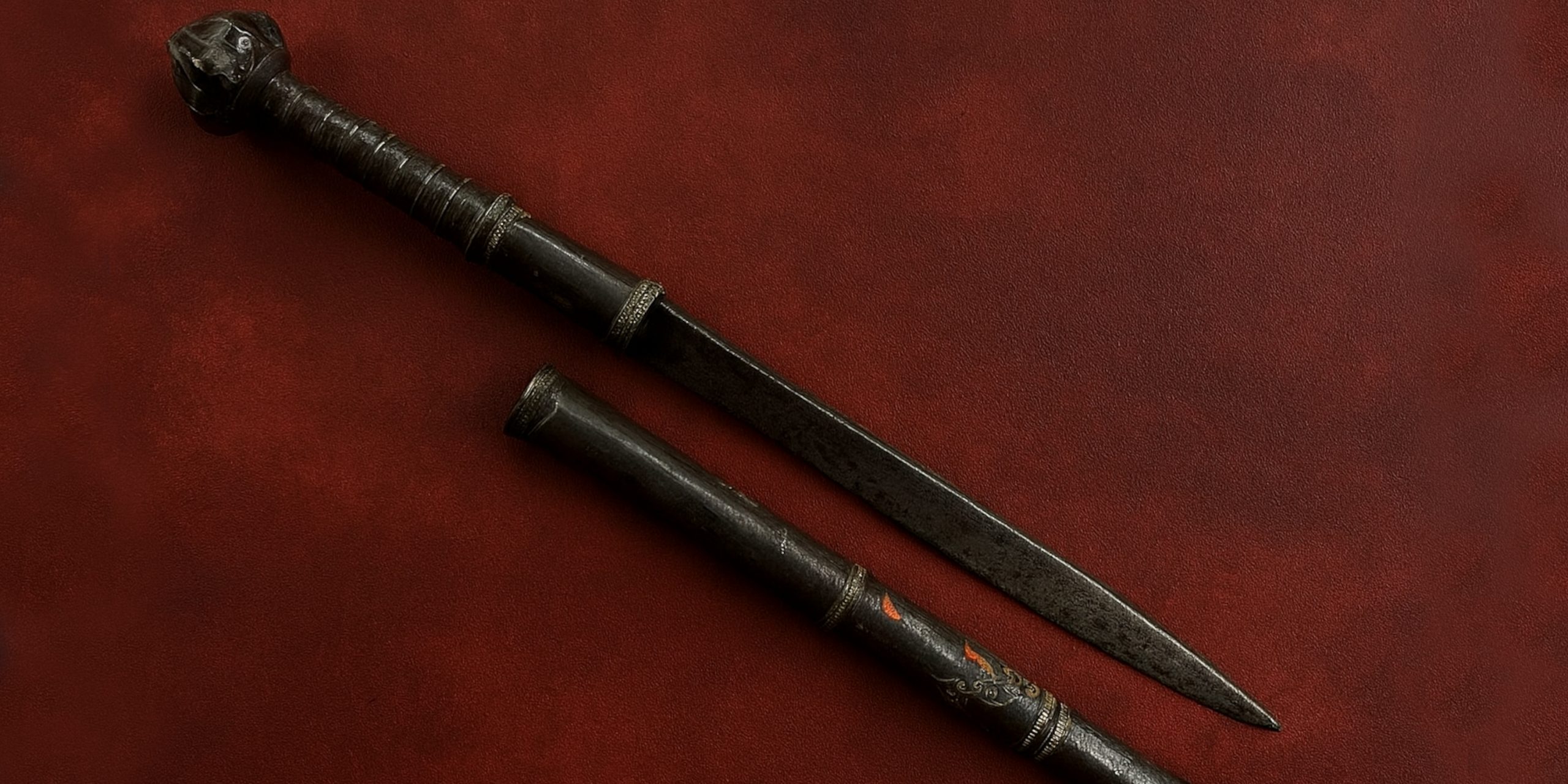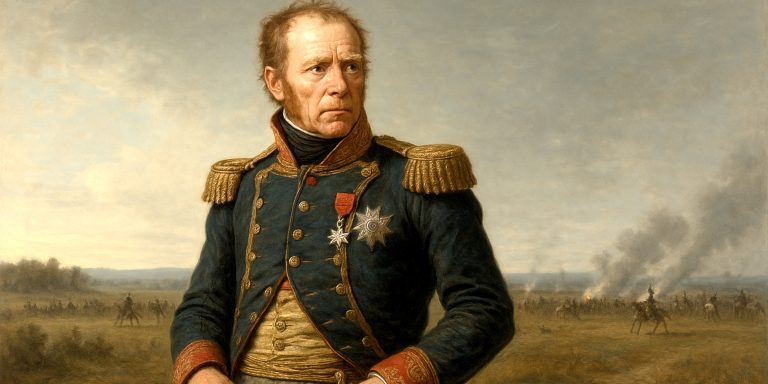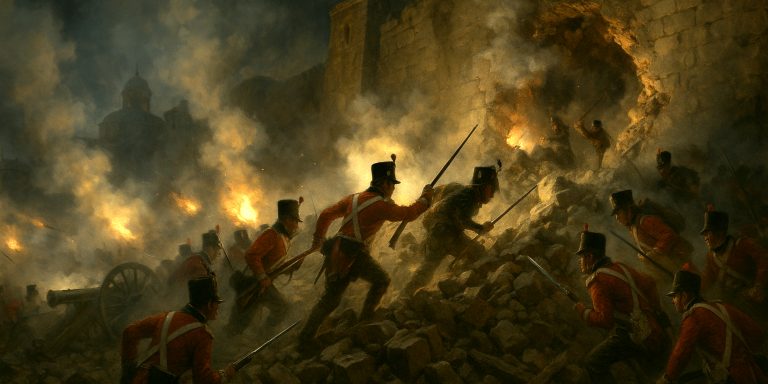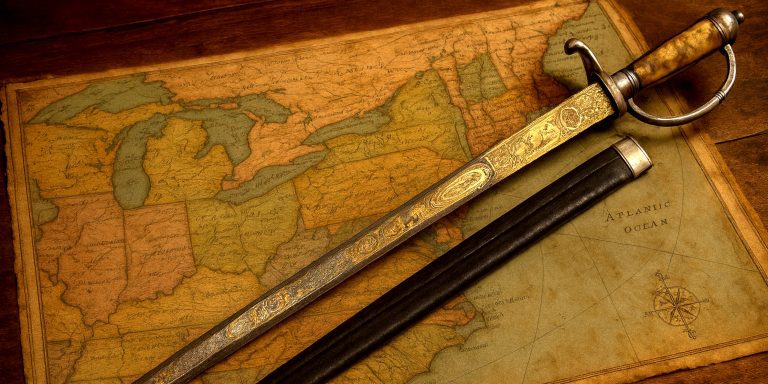
The Daab is a traditional Thai single-edged sword that played a significant role in the martial and military culture of Southeast Asia, particularly in Thailand, Laos, and neighbouring regions. Often associated with Krabi-Krabong, the Thai weapon-based martial art, the Daab is valued for its speed, balance, and versatility in both offensive and defensive techniques.
Specification
| Feature | Description |
|---|---|
| Blade type | Single-edged, sometimes slightly curved |
| Blade length | Typically 60 to 80 cm |
| Blade material | Traditionally forged steel |
| Hilt | Long, often wrapped in cord or rattan |
| Guard | Usually no guard or a small disc-shaped guard |
| Overall length | Around 90 to 100 cm |
| Weight | Light and agile, usually under 1.2 kg |
| Balance | Centred slightly forward for cutting power |
The Daab is often found as a matched pair (Daab Song Mue), used in dual-wielding forms.
History and Evolution
The Daab likely originated from early Southeast Asian iron blades influenced by Indian and Chinese weapon designs. It became prominent during the Sukhothai and Ayutthaya periods, where it was widely adopted by Thai warriors and monks. Over time, it evolved to suit regional fighting styles and was refined alongside the development of Krabi-Krabong.
By the 18th century, paired Daab techniques had become formalised in temple schools and royal military academies. The design remained functional and streamlined, avoiding elaborate decoration in favour of speed and control. Today, it remains an iconic weapon in both traditional martial arts demonstrations and ceremonial functions.
Advantages and Disadvantages
Advantages:
- Light and fast, ideal for agile combat
- Effective for both slashing and thrusting
- Long grip allows versatile handling, including two-handed strikes
- Pairs well with other weapons such as shields or another Daab
Disadvantages:
- Lacks a substantial hand guard, leaving the hand more exposed
- Less effective against heavily armoured opponents
- Light construction may not suit prolonged heavy duelling
Comparison with Similar Weapons
| Weapon | Key Differences |
|---|---|
| Katana (Japan) | Heavier, curved with two-handed grip, suited to armoured duelling |
| Talwar (India) | Features a broader blade and knuckle guard, designed for horseback combat |
| Jian (China) | Double-edged and straight, more thrust-focused than the slashing Daab |
| Barong (Philippines) | Shorter, leaf-shaped blade for chopping, less reach than the Daab |
The Daab is distinctive in its blend of agility and dual-wielding potential, making it particularly effective in regional martial styles.
Legacy
The Daab remains deeply ingrained in Thai identity and martial tradition. It is still used in Krabi-Krabong practice and in ceremonial guards and parades. Modern martial arts schools in Thailand and abroad preserve its forms, and it frequently features in Thai cinema and reenactments of historical battles.
Where to See
- National Museum Bangkok: Hosts several historical examples from the Ayutthaya period.
- Royal Thai Army Museum: Displays battlefield relics including Daab swords used by Thai soldiers.
- Wat Phra Singh (Chiang Mai): Temple murals depict Daab in historical martial contexts.
- Muay Thai and Krabi-Krabong academies: Often include Daab demonstrations.
Collector’s Guide and Auction Prices
Collectors value the Daab for both its historical and martial significance. Antique specimens are usually plain in design but highly functional, with wear consistent with practical use.
Collector Notes:
- Look for authentic construction techniques such as traditional forging and tang fit.
- Verify the age and region, as Lao and Burmese versions may differ slightly.
- Paired Daab swords are more valuable, especially if matched and well-preserved.
Typical Auction Prices:
| Condition | Estimated Price Range (GBP) |
|---|---|
| Museum-grade antique | £2,500 to £7,000 |
| Well-preserved 19th c. | £800 to £2,000 |
| Decorative modern copy | £150 to £400 |
| Functional replicas | £300 to £600 (used in martial arts) |



